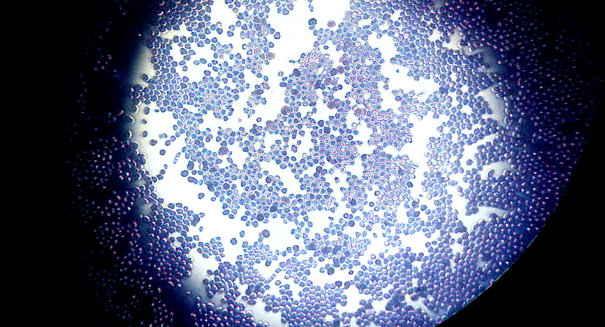
Researchers at Stanford were able to make opioids out of yeast in this bizarre fashion.
Some ambitious scientists at a Stanford laboratory have managed to create narcotics using yeast — and it’s gotten the attention of the Federal Bureau of Investigation.
We recently reported on the science behind it, but what are the consequences of this research? Is home-brewed heroin next?
Bioengineer Christine Smolke is behind the project, which aims to brew narcotic drugs, something that might allow the quick development of better medications of all sorts — but something that some experts argue could benefit drug traffickers more than the medical community, according to media reports.
The findings, published in the journal Science, found a way to create yeast that can convert sugar into hydrocodone, which is the active ingredient in Vicodin, and another yeast that can make the compound thebaine, which can be turned into oxycontin, codeine, or even morphine.
To do so, they took genes from rats, bacteria, and plants and injected them into the yeast.
However, experts criticize it as solving a problem that doesn’t need solving, as poppies are in plentiful supply. And it could allow people to grow heroin at home. This could cause more drugs to be put on the street. It would give addicts much easier access to a deadly addictive drug.
Of course, such home-brewed morphine is still a long ways off as the research is in its initial stages, but it’s something for people to think about. As a result, the FBI and federal drug officials have taken an interest in the research, and will be keeping a close eye on her work as it moves forward.